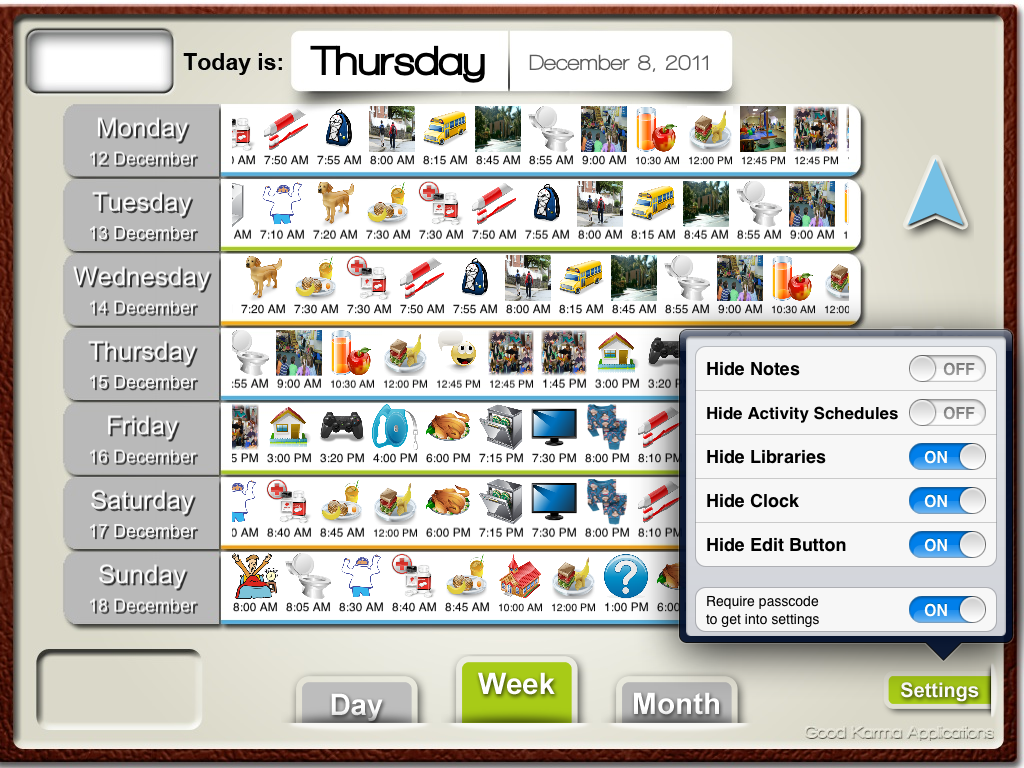The first presentation I want to reflect on is called "iPads and Autism." It has been proven that iPads are an extremely helpful and calming tool to use with individuals who have autism, especially in the classroom setting, where it can sometimes be stressful for these individuals. iPads are portable, use a direct touchscreen, are a digital parallel to books, organized and predictable, help break learning down, and encourage independent learning. Amidst all of these wonderful benefits, iPads are also wonderful communication tools, whether you use them to share social stories (autistic students sometimes struggle with social concepts. A simple social story could be, "Learning how to be kind to others.") or whether you use them to help students who are non-verbal to have a full-on conversation with you.
iPads have apps that allow non-verbal children to press a button to make a request, communicate developmentally appropriate words and phrases, and even learn how to get used to a routine during the school day. Autistic students need structure at the core of learning, and iPads easily provide that for them. Some apps that you can use to aid your autistic students are Brain Parade and Floreo. Both of these apps have the communication techniques in their programming as described, and are very dedicated to progress among the autistic community. As you can see, iPads are becoming a necessary tool for people with autism or other disabilities. This technology allows students to achieve much more than what they are being limited to with their disability.
How will this help me as a teacher? What have I learned? How has this changed my thinking?
I will tell you, I used to hate the idea of using technology in the classroom. I am very old school, and I used to believe that it was a hindrance to have to include technology in my lessons. However, now that I have seen how much it can help our students and allow them to grow and learn and even flourish, my mind is changed completely. I plan to use technology in my classroom now, not as a crutch, but as an integral part of learning. I plan to allow students to choose whether or not they want to use technology to complete assignments, and to explore other types of tech that can be helpful to my students with disabilities. I can't wait to see what the future holds!
The following two pictures are examples of what apps for autistic students look like on an iPad. The first picture is of simple commands that can be used by non-verbal students. They press a button, and the command is voiced through the speakers of the iPad. The second picture is an example of a visual schedule for an autistic student. This visual schedule provides structure for the student and helps them not be anxious when a classroom change is happening.
This video showcases how important iPads are for autistic students. It gives great insight to the struggles that these students face daily, and how the iPad can help.


No comments:
Post a Comment